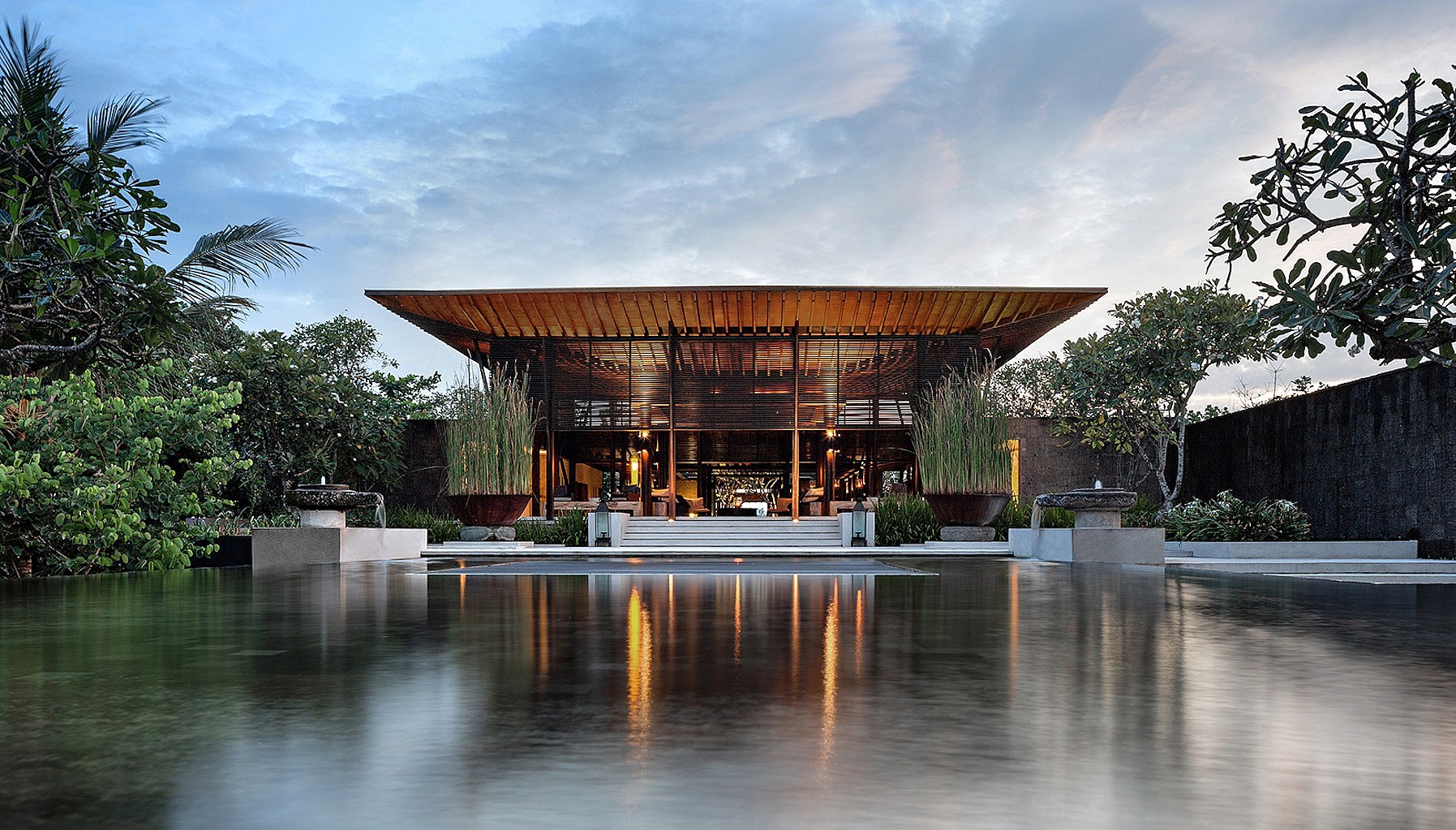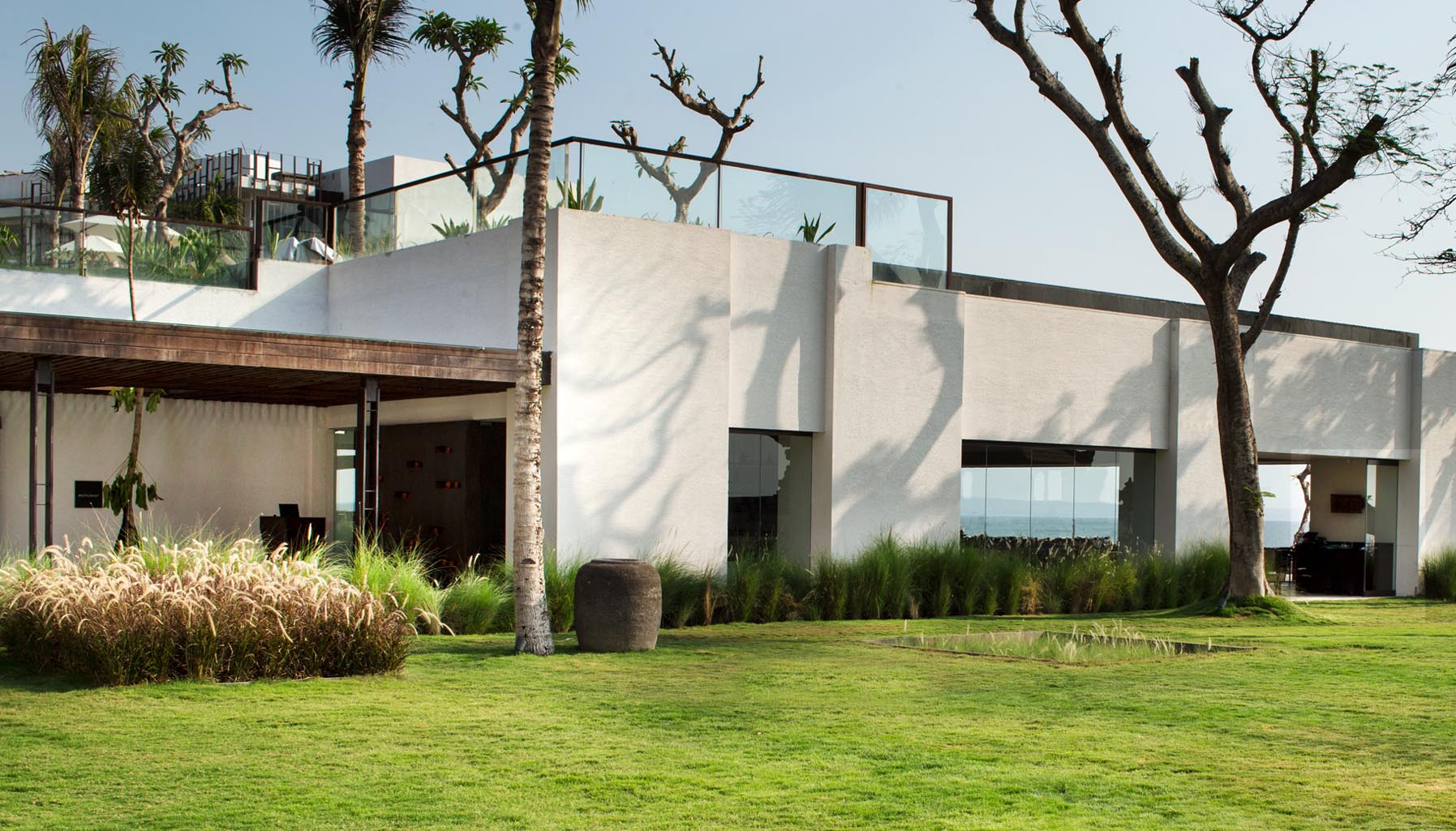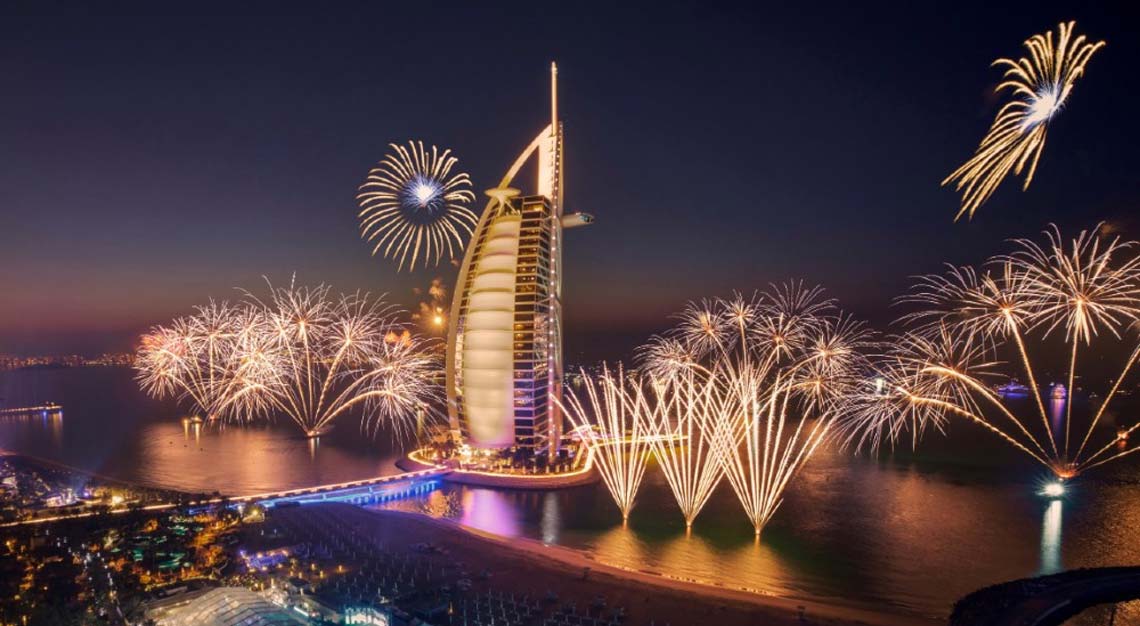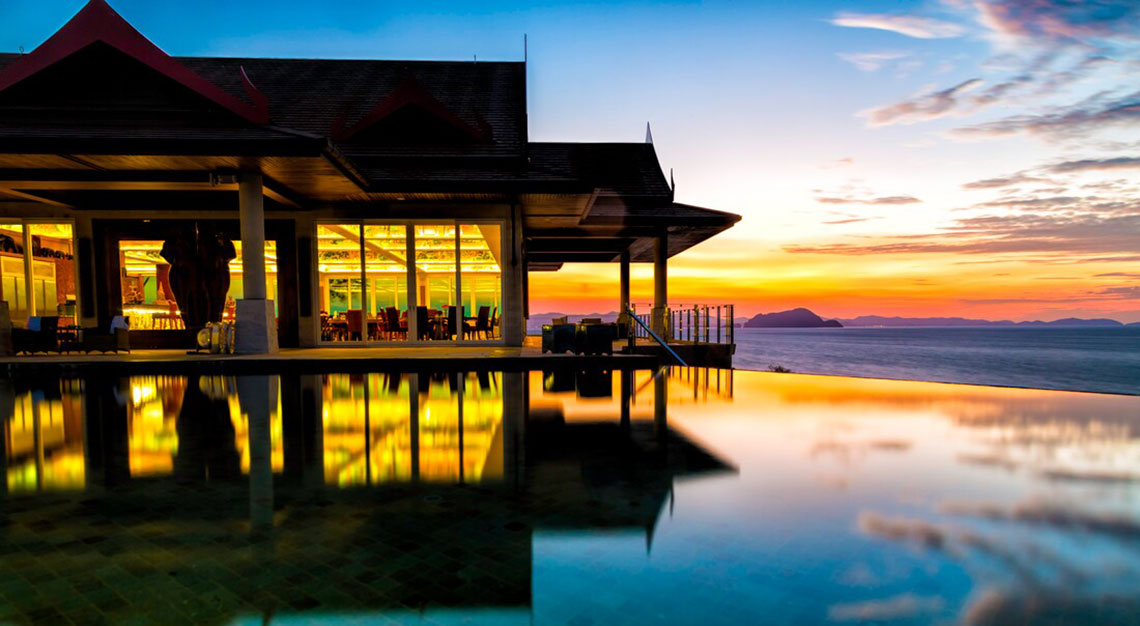time lapse
Standing at the open-air sky garden of Alto restaurant in Four Seasons Jakarta, I’m greeted with panoramic views of the city’s CBD and residential areas that stretch for miles. The view from above, needless to say, marks a stark contrast compared to centuries ago. In the 1200s, Jakarta was then known as Sunda Kelapa, a port that thrived on international spice trade between Indonesia and Europe. So known was the main port of the Sunda Kingdom for its trade that it was conquered and renamed Jayakarta, then Batavia, after the Dutch took over as rulers.
But even as progress has threatened to overshadow the Jakarta’s past, the city now has a monumental reminder of its glorious hey-day, in the form of Four Seasons Hotel Jakarta. Together with award-winning interior designer Alexandra Champalimaud, landscape architect Bill Bensley and architect Cesar Pelli, the hotel unveils a fresh face after three years of construction, with just 20 storeys and 125 suites.
But it’s stepping into the hotel where the magic is felt. The entire hotel doubles as a vertical timeline that’s reminiscent of Jakarta’s illustrious history. “When I first visited Jakarta, I felt an undeniable pull towards the city and its people. It was quite clear that we had to tell the story of its past, present and future,” says Champalimaud.
Blast from the past
The ground floor is immediately recognised as a modern reinterpretation of the port of Sunda Kelapa, with moulded ornamental baskets full of cinnamon, pepper, clove and nutmeg — spices traded during the pre-Batavia era — adorning the high walls. Like the old port, the lobby is bustling and full of life, with guests congregating in the communal areas.
The journey takes a sharp and dark turn at The Library, a lounge plastered with browned and crumpled maps, compass roses and barometers, and adorned with telescopes, sailboat miniatures. Fitted with burnt orange and dark teal furniture, it foretells an arduous journey through the seas. From there, guests can either navigate their way to Nautilus bar where the storm has passed and night has fallen, or La Patisserie, a dainty confectionary set within a cream-and-turquoise room that promises brighter and calmer days ahead.
Contemporary art pieces decorate the communal areas throughout, enveloping guests into the Javanese culture. Guests are brought through the era of Dutch colonialism, then to 1945, where Indonesia is recognised as an independent nation, with Jakarta as its capital. The country slowly makes its mark on the world, with gamelan music, and Ikar and Batik patterns etched into the pillars of the hotel. Champalimaud also cleverly reflected the country’s deeply-seeded emphasis on respecting the individual qualities of both genders through his and her salons, and Arisan rooms — social gatherings for the elite — denoted by the use of different mahkotas (crowns) and fabric and wooden interior panels.
Living in the present
Modern city life is depicted in the one-bedroom Executive, Deluxe Executive, and Premier suites. Each is generously spaced between 62 – 68sqm, and is tastefully designed in muted tones of lilac, cream and grey that soothe the soul. Instead, accents of gold and small pops of colour bring the suites to life. The brightly-lit Italian white marble bathroom is kept free of clutter, emphasising on space with the bare minimal of a walk-in closet, soaking tub, twin-head shower and twin sinks. Champalimaud instead draws attention to the chaise lounge that reflects the community spirit of Jakartians. Art pieces are replaced by Chinoiserie wall panels with silk floral motifs, a curved tufted daybed, along with his and hers minimalist-styled baroque armchairs, the latter marked with a gold mahkota fixture.
Down below, the swimming pool stuns as a work of art. Bensley created an outdoor space that encourages conversations through hanging daybeds, trellised alcoves and a pool bar, with fire torches, bronze sculptures and lush architectural plants to complete the modern oasis.
Looking to the future
The fascinating journey ends on a high with just two suites occupying the entire 19th floor. Gone are the days of Jakarta’s present. Instead, the one-bedroom Ambassador and two-bedroom Presidential suites lead the way to progress with polished wooden flooring, abstract wallpaper, sputnik chandeliers, minimalist sofas, quirky coffee tables and a midas touch with pink-hued gold leaf ceilings.
The hotel’s all-day dining Palm Court restaurant also exudes a vibrant outlook with floor-to ceiling windows, an outdoor garden terrace and olive-coloured furniture. Bismarck palm tree panels (a locally-grown tree), branch from the floor to the 13-m coupla ceiling, while a customised 14-segment Lasvit chandelier made of over 4,200 crystals cascades to the breakfast buffet table. Meals served are equally foretelling of the city’s future. The menu, created by executive chef Marco Riva, includes specialties like Javanese lobster udon laksa and king prawn tom yum risotto.
Uniquely Jakarta
While Four Seasons Jakarta has welcomed throngs of international business travellers, it’s clear that locals too have found a new favourite to call home. During the day, groups of ibus head for lunch at Palm Court before shifting to La Patisserie for homemade chocolates and cakes. Of course, mandatory phototaking sessions by the hotel’s grand staircase are a must too.






